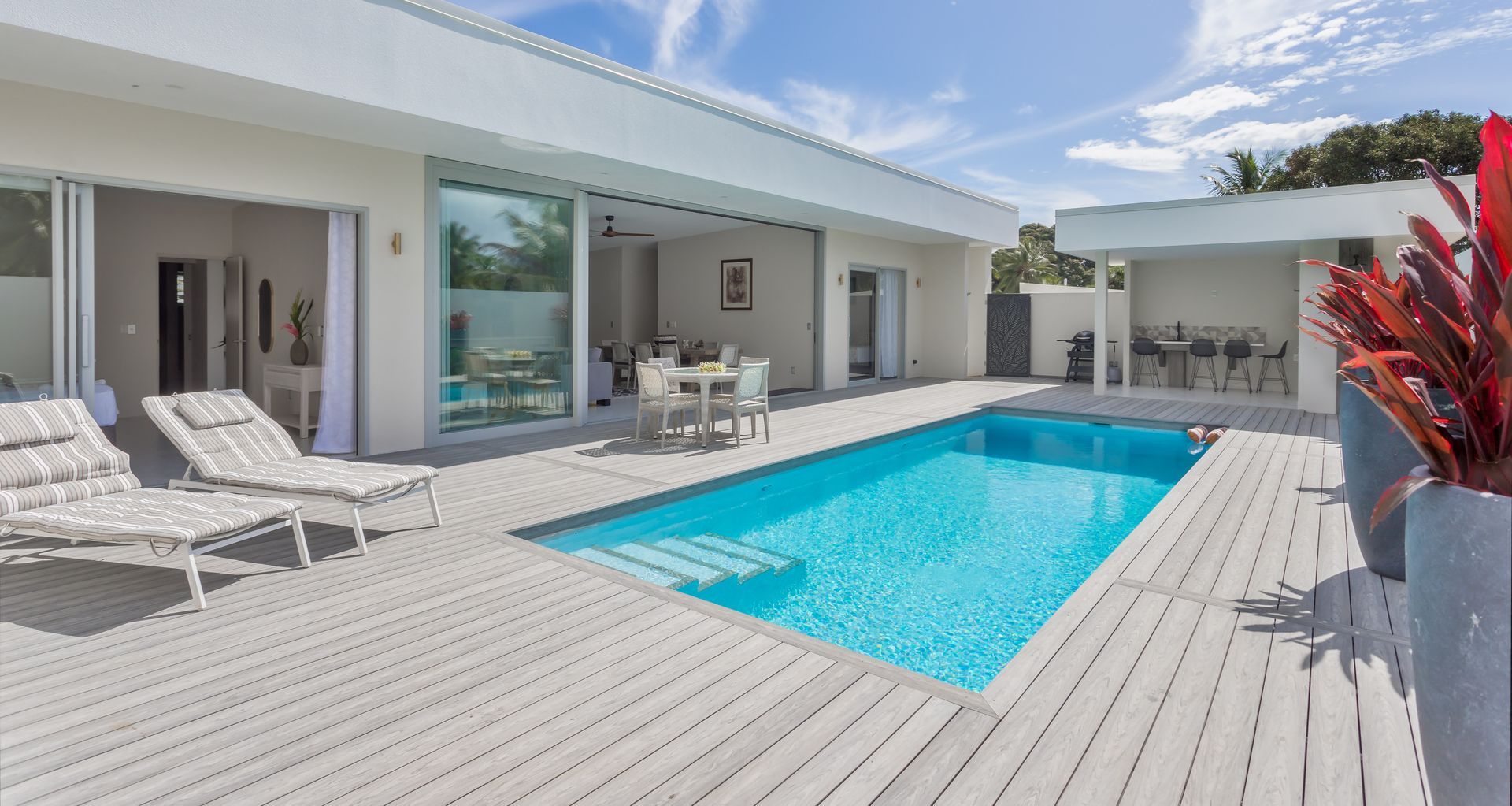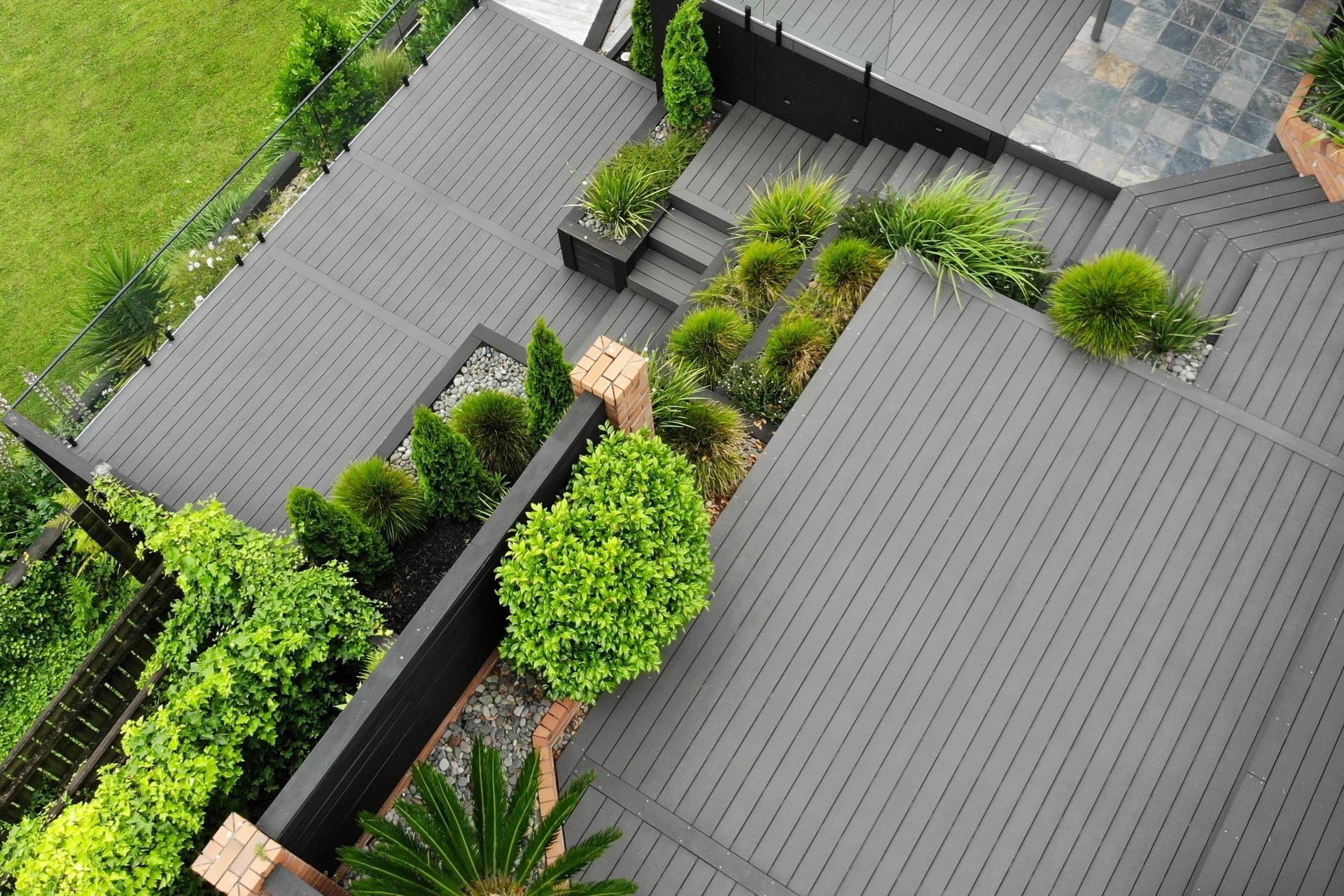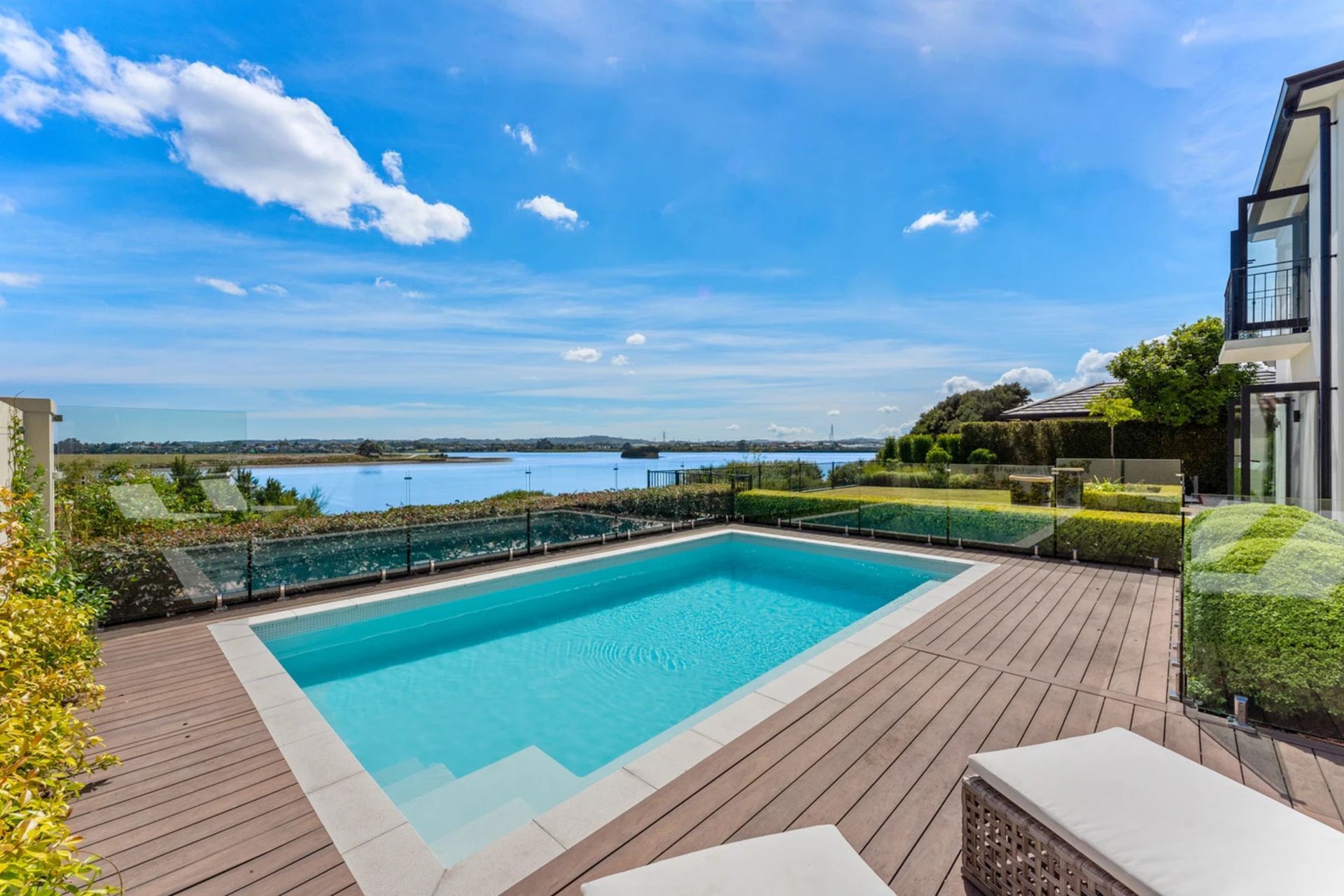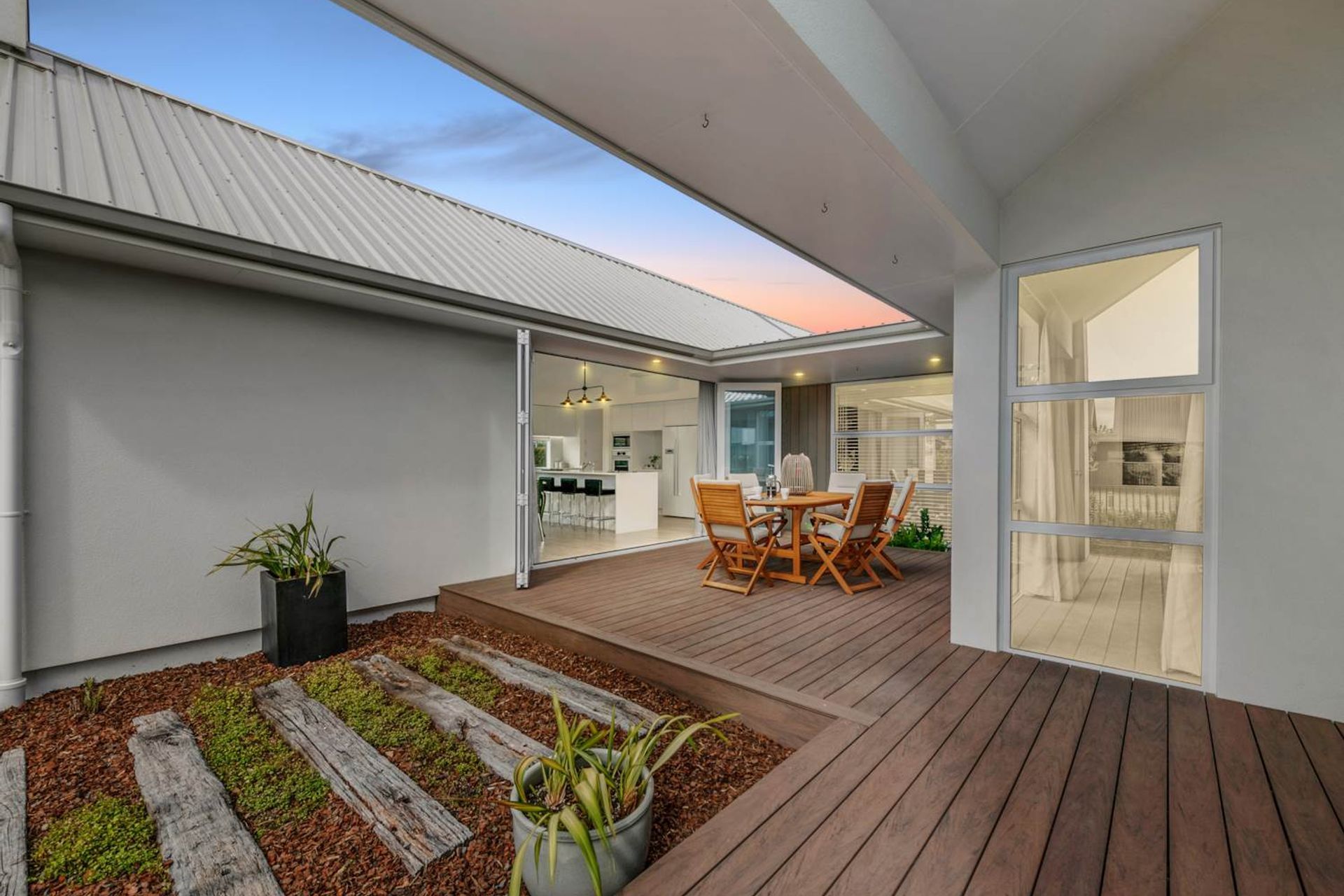Composite vs timber decking for NZ homes and projects
Written by
29 July 2025
•
4 min read

Composite vs timber decking
When asked to outline the main differences between the two materials, Benjamin Aupa’au, Operations and Marketing Manager at BiForm, a New Zealand-based leader in premium composite decking, provides a convincing list:
- Maintenance: Composite decking has far less maintenance required (no need to oil or stain the deck), meaning homeowners can spend time enjoying their deck instead of working on it.
- Durability: Unlike timber, premium composite decking like BiForm composite decking won’t rot, warp, twist or decay.
- Sustainability: Premium composite can be a more sustainable alternative to timber decking.
- Family safety: BiForm causes no painful splinters, has no nails and most importantly, no toxic chemicals are used.
- Cost and installation: Though composite has a higher upfront cost, this can be offset over time through fast installation and no ongoing maintenance costs.
Appearance, performance and cost over time
While timber has its natural appearance (which can be altered through different oils and stains), the colour range is often more limited. Premium composite decking, such as BiForm, offers a versatile colour range, and because the colour runs through the entire board, it’s longer lasting.
“While timber may look great initially, the cost of preserving that look adds up fast,” says Benjamin.
“For example, a conservative 40-square-metre timber deck, the oil/stain required would cost around $1200, and if you want to protect it and keep it looking beautiful, this is required every one to two years.”
Benjamin adds, “By contrast, our decking comes with a 25-year warranty and none of the repeated maintenance expense.”


A deck for NZ weather conditions
New Zealand’s weather is (more often) anything but mild, which makes durability a critical factor in decking choice.
“Timber’s main issue is its susceptibility to moisture and NZ’s harsh UV,” explains Benjamin. “Without sufficient treatment and maintenance, moisture will cause timber to have rotting, decay and warping issues.”
“While 60 per cent of BiForm composite is made up of high quality FSC® certified timber, the 30 per cent plastic content brings increased durability, meaning it doesn’t absorb moisture, so won’t rot, warp or decay.”
This makes it an ideal choice for coastal or humid areas like Auckland, Northland, or the West Coast. “BiForm composite doesn’t have the same vulnerabilities that timber does and is ideal for coastal or humid regions,” adds Benjamin.
What about sustainability, installation and other misconceptions?

Benjamin notes, “A few composites over the years have given composites a bad name in the industry due to low quality and durability, resulting in failed decks,” he says. “But those issues are not universal; BiForm offers quality assurance through local testing and our BRANZ appraisal.”
Another myth? That composite is hard to install. “The fact is that unlike timber, our boards are straight and true... while the clip system makes it far quicker and easier (no predrilling).”
But, is composite decking environmentally friendly?
Turns out BiForm composite decking has a list of sustainable credentials, such as:
- FSC® Certified Timber: timber is ethically logged and accounted for, and can even be traced back to the actual tree it comes from.
- Recycled plastic: a 40-square-metre deck contains over 14,000 plastic bottles that have been recycled into those boards, taking them directly out of landfill.
- Low waste: an in-house design team calculates board requirements for every deck, reducing on site wastage.
- Environmental initiatives: every deck sold funds the planting of a native tree, and a packaging take-back program helps reduce plastic waste on site.
As awareness of its benefits increases, premium composites is expected to continue rising in New Zealand, driven by factors such as sustainability, low maintenance, and long-term cost savings.
Benjamin notes, “The ongoing maintenance cost that comes with a timber deck is often overlooked; however, it’s probably the most important cost consideration.”
Learn more on ArchiPro, or visit BiForm’s website for more details, case studies, and free design consultations.
